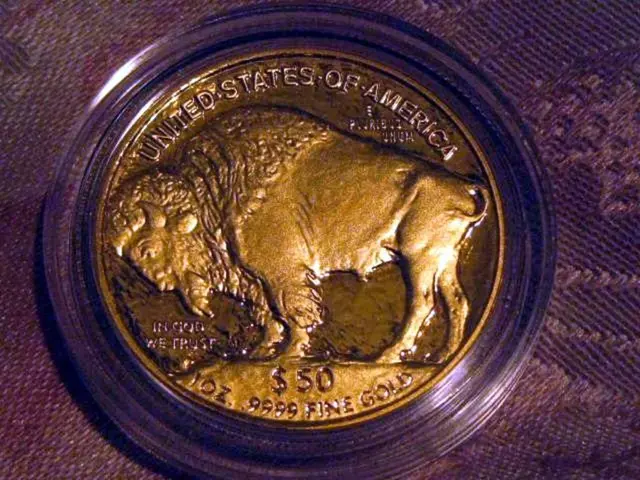Vertical Axis Wind Turbine Market Predicted to Skyrocket to USD 22.3 Billion by 2034
The global market for Vertical Axis Wind Turbines (VAWTs) is set to experience substantial growth in the coming years, driven by a combination of key trends and growth factors.
Eastern Wind Power has recently launched a 10kW VAWT optimized for coastal and high-altitude regions, while Envision Energy is testing large-scale VAWTs for offshore wind farms. These developments are indicative of the growing interest in VAWTs across various sectors.
The broader wind turbine casting market, which includes vertical axis turbines, is projected to grow at a Compound Annual Growth Rate (CAGR) of approximately 7.8% from 2025 to 2034, reaching a market size of around USD 4.9 billion by 2034.
Technological innovations, such as the integration of 3D printing technology for turbine casting and the use of diverse and lightweight materials, are improving efficiency and cost-effectiveness, supporting VAWT market growth.
A global shift towards renewable energy, driven by government incentives, climate awareness, and energy security concerns, is another major factor propelling growth across wind energy sectors, including vertical axis turbines.
Increased development of offshore and floating wind farms also influences growth, as VAWTs can offer advantages in certain offshore applications due to their design and operational characteristics.
Growth is strong in regions like North America, Europe, and Asia-Pacific, with increasing domestic integration and supportive policies catalyzing market expansion. Notable investments, such as GE Vernova’s $90 million plant expansion for turbine components manufacturing, demonstrate increased industrial capacity and focus on advanced wind turbine production, including vertical axis technologies.
Key trends in the VAWT market include enhanced modular and scalable turbine designs for diverse applications, increased focus on lifecycle cost efficiency and reliability, strategic alliances and partnerships for technology development and market penetration, and adaptation to more demanding offshore environments through specialized turbine configurations.
Some companies are testing hybrid systems (wind + solar) for off-grid use, like Aeolos and Envergate Energy. Aeolos has introduced the Aeolos-V 5kW model, featuring improved efficiency in low-wind urban environments, while Envergate Energy has introduced the E-Vortex, a drag-driven VAWT designed for microgrids and rural electrification.
Companies are also focusing on quieter, more efficient designs for urban areas, such as the Aeolos-V 5kW model and Astralux's helical VAWT, which boasts a patented blade design that reduces noise and increases durability in turbulent conditions.
In 2024, the market value in Asia-Pacific reached USD 6.8 billion, leading the VAWT market, with a 45.8% share. The commercial and industrial end-use segment captured a 44.7% market share in the By End Use category, while the less than 1 MW power segment led with a 49.1% share in the By Power Output category.
The growth of the VAWT market not only supports job creation in manufacturing, installation, and maintenance but also significantly impacts the global economy by fostering sustainable energy solutions and creating economic opportunities. By 2034, the global VAWT market is expected to reach USD 22.3 billion, driven by technological advances, rising renewable energy adoption worldwide, offshore wind farm expansion, and growing supportive government policies, resulting in sustained strong market growth and innovation.
- The surge in investments in vertical axis wind turbine (VAWT) technology, such as GE Vernova's $90 million plant expansion, highlights the increasing focus on advanced wind turbine production within the finance sector.
- In the realm of personal-finance and wealth-management, savvy investors are closely monitoring the growth of the VAWT industry, recognizing its potential as a lucrative and sustainable long-term investment opportunity.
- The advent of technological innovations, such as the integration of 3D printing technology for turbine casting and the use of diverse and lightweight materials, has revolutionized the business landscape for data-and-cloud-computing companies, as it reduces costs and increases efficiency for VAWT manufacturing.
- The expansion of offshore and floating wind farms, driven by strategic alliances and partnerships for technology development, will stimulate further growth in the VAWT market, offering lucrative opportunities for business growth within the clean-energy and wealth-management sectors.




